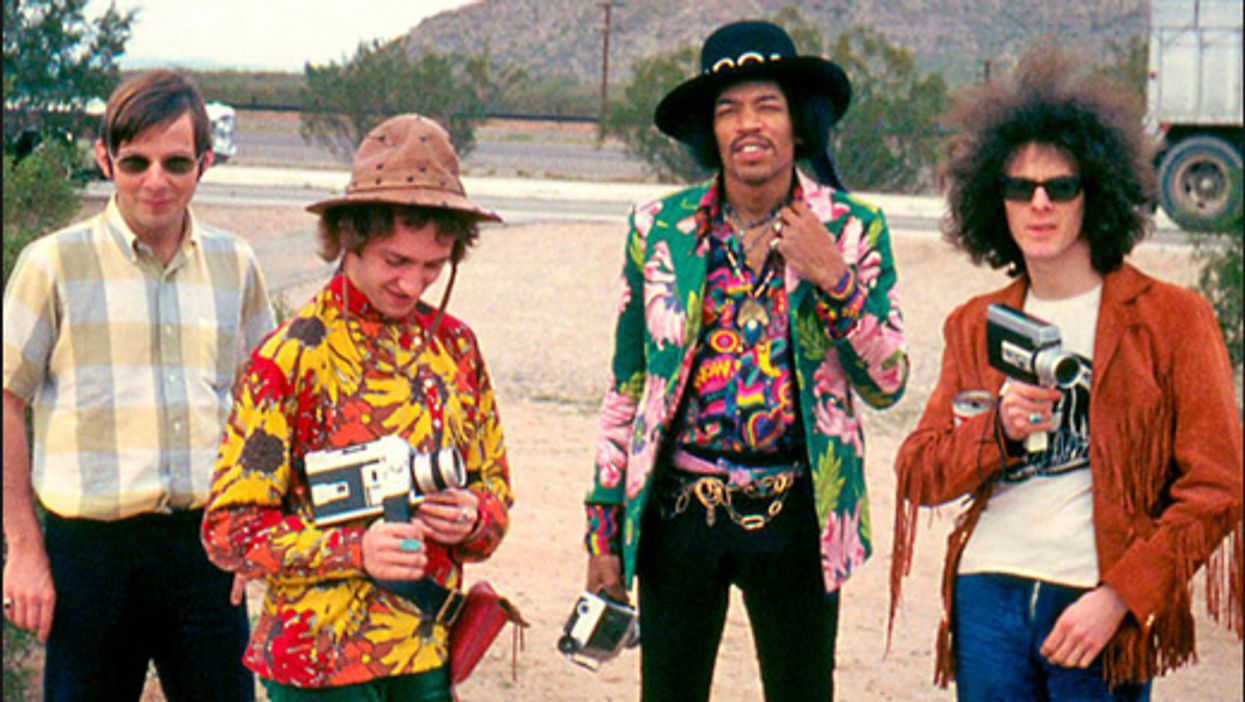Search
Latest Stories
Start your day right!
Get latest updates and insights delivered to your inbox.
jimi-hendrix-eddie-van-halen-marshall-stack-set-acoustic-story-cheap-utlimate-crossover-easy-play-practice-electric-dilemma-les-paul-feature-rock-roll
Don’t Miss Out
Get the latest updates and insights delivered to your inbox.
Recent
load more
